2025 January 7
Here are two more photographs from Ian Cooper’s 2024 January 5 photoshoot:
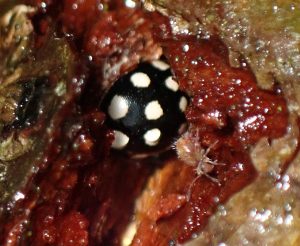 Lady Beetle Calvia quatuordecimguttata (Col.: Coccinellidae) Ian Cooper
Lady Beetle Calvia quatuordecimguttata (Col.: Coccinellidae) Ian Cooper
Also in the picture is a globose springtail, which would be well advised to stay out of the way of the lady beetle. If I remember my Latin correctly (writes Jeremy Tatum), XIV is spelled quattuordecim, with two ts. But, if the first person to describe and name a species new to science spells it wrongly, the name given must stick.
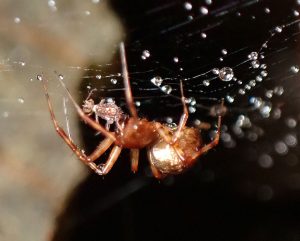 Linyphiid spider (Ara.: Linyphiidae) Ian Cooper
Linyphiid spider (Ara.: Linyphiidae) Ian Cooper
Globose springtails should also keep out of the way of linyphiid (or other) spiders. The one in this photograph obviously didn’t.
A nice surprise for Jeremy Tatum along Carey Road today – this handsome moth. There are several (many?) noctuid moths that overwinter as imagines, but I didn’t realize that this one did. [My computer says I have made a mistake with grammar in the previous sentence. Apparently, it doesn’t like “as imagines”. I don’t see what’s wrong with it.]
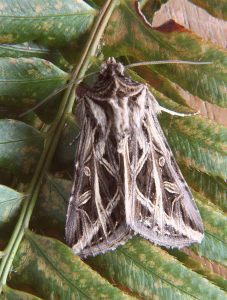 Girdler Moth Dargida procinctus (Lep.: Noctuidae) Jeremy Tatum
Girdler Moth Dargida procinctus (Lep.: Noctuidae) Jeremy Tatum
I don’t know how this moth acquired the English name of “Girdler”. The caterpillars feed on grasses.
The spellings procinctus and procincta are both to be found in the literature. On this site, since 2024, we are following spellings given in the ATC.
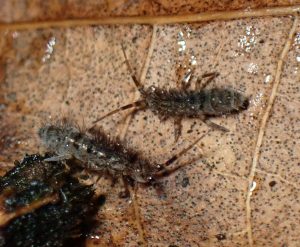 Springtails Orchesella villosa (Coll.: Orchesellidae) Ian Cooper
Springtails Orchesella villosa (Coll.: Orchesellidae) Ian Cooper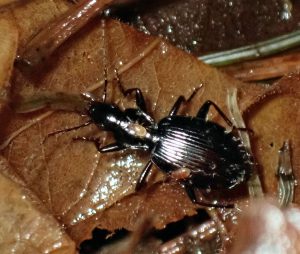 Snail-eating Beetle Scaphinotus angusticollis (Col.: Carabidae) Ian Cooper
Snail-eating Beetle Scaphinotus angusticollis (Col.: Carabidae) Ian Cooper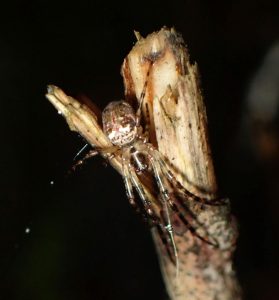 Long-jawed Orb Weaver Metellina sp. (Ara.: Tetragnathidae) Ian Cooper
Long-jawed Orb Weaver Metellina sp. (Ara.: Tetragnathidae) Ian Cooper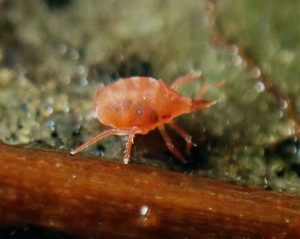 Snout mite (Acari: Bdellidae) Ian Cooper
Snout mite (Acari: Bdellidae) Ian Cooper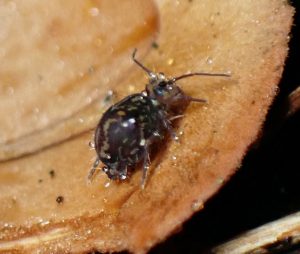 Globular springtail, probably Ptenothrix sp. (Coll.: Dicyrtomidae) Ian Cooper
Globular springtail, probably Ptenothrix sp. (Coll.: Dicyrtomidae) Ian Cooper
 Lady Beetle Calvia quatuordecimguttata (Col.: Coccinellidae) Ian Cooper
Lady Beetle Calvia quatuordecimguttata (Col.: Coccinellidae) Ian Cooper Linyphiid spider (Ara.: Linyphiidae) Ian Cooper
Linyphiid spider (Ara.: Linyphiidae) Ian Cooper Girdler Moth Dargida procinctus (Lep.: Noctuidae) Jeremy Tatum
Girdler Moth Dargida procinctus (Lep.: Noctuidae) Jeremy Tatum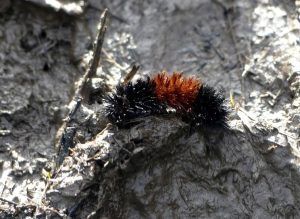 Banded Woolly Bear Pyrrharctia isabella (Lep.: Erebidae – Arctiinae) Aziza Cooper
Banded Woolly Bear Pyrrharctia isabella (Lep.: Erebidae – Arctiinae) Aziza Cooper Crane fly larva – a “leatherjacket” – probably Tipula paludosa (Dip.: Tipulidae) Ian Cooper
Crane fly larva – a “leatherjacket” – probably Tipula paludosa (Dip.: Tipulidae) Ian Cooper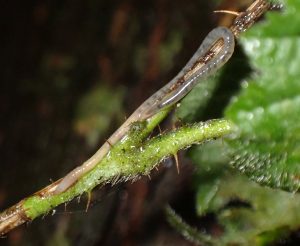 Potworm (Tubificida: Enchytraeidae) Ian Cooper
Potworm (Tubificida: Enchytraeidae) Ian Cooper Callobius sp. (Ara.: Amaurobiidae) Ian Cooper
Callobius sp. (Ara.: Amaurobiidae) Ian Cooper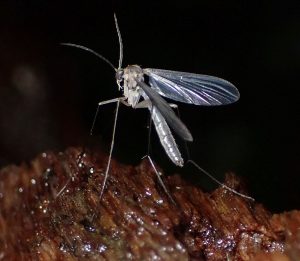 Unidentified (Dip. – Nematocera: possibly Mycetophilidae?) Ian Cooper
Unidentified (Dip. – Nematocera: possibly Mycetophilidae?) Ian Cooper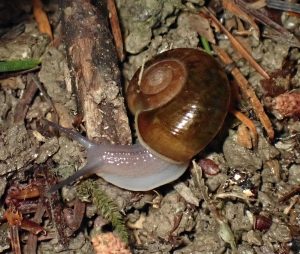 Robust Lancetooth Snail Haplotrema vancouverense (Pul.: Haplotrematidae) Ian Cooper
Robust Lancetooth Snail Haplotrema vancouverense (Pul.: Haplotrematidae) Ian Cooper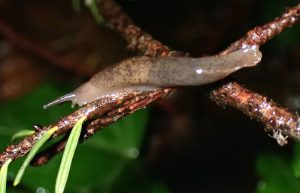 Longneck Field Slug Deroceras invadens (Pul.: Agriolimacidae) Ian Cooper
Longneck Field Slug Deroceras invadens (Pul.: Agriolimacidae) Ian Cooper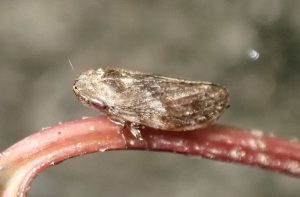 Meadow Spittle Bug Philaenus spumarius (Hem.: Cercopidae) Ian Cooper
Meadow Spittle Bug Philaenus spumarius (Hem.: Cercopidae) Ian Cooper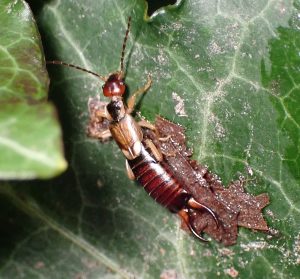 Western Earwig Forficula dentata (Order Dermaptera) Ian Cooper
Western Earwig Forficula dentata (Order Dermaptera) Ian Cooper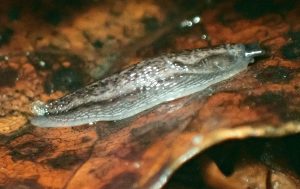 Arion hortensis (Pul.: Arionidae) Ian Cooper
Arion hortensis (Pul.: Arionidae) Ian Cooper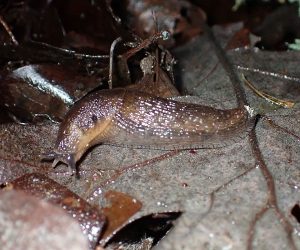 Dusky Arion Arion subfuscus (Pul.: Arionidae) Ian Cooper
Dusky Arion Arion subfuscus (Pul.: Arionidae) Ian Cooper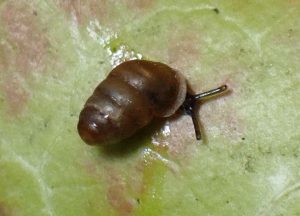 Common Chrysalis Snail Lauria cylindracea – (Pul.: Lauriidae) Ian Cooper
Common Chrysalis Snail Lauria cylindracea – (Pul.: Lauriidae) Ian Cooper Unidentified Globular springtails. (Collembola – Symphypleona: Dicyrtomidae) Ian Cooper
Unidentified Globular springtails. (Collembola – Symphypleona: Dicyrtomidae) Ian Cooper